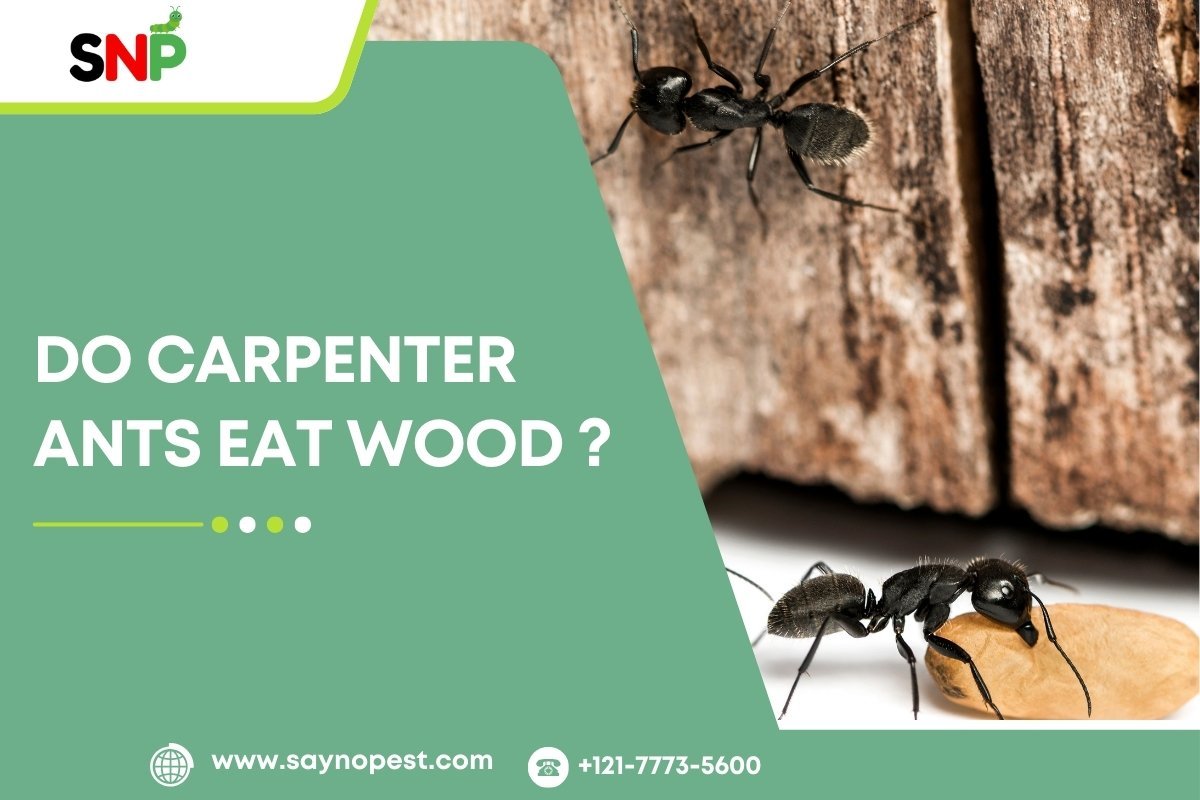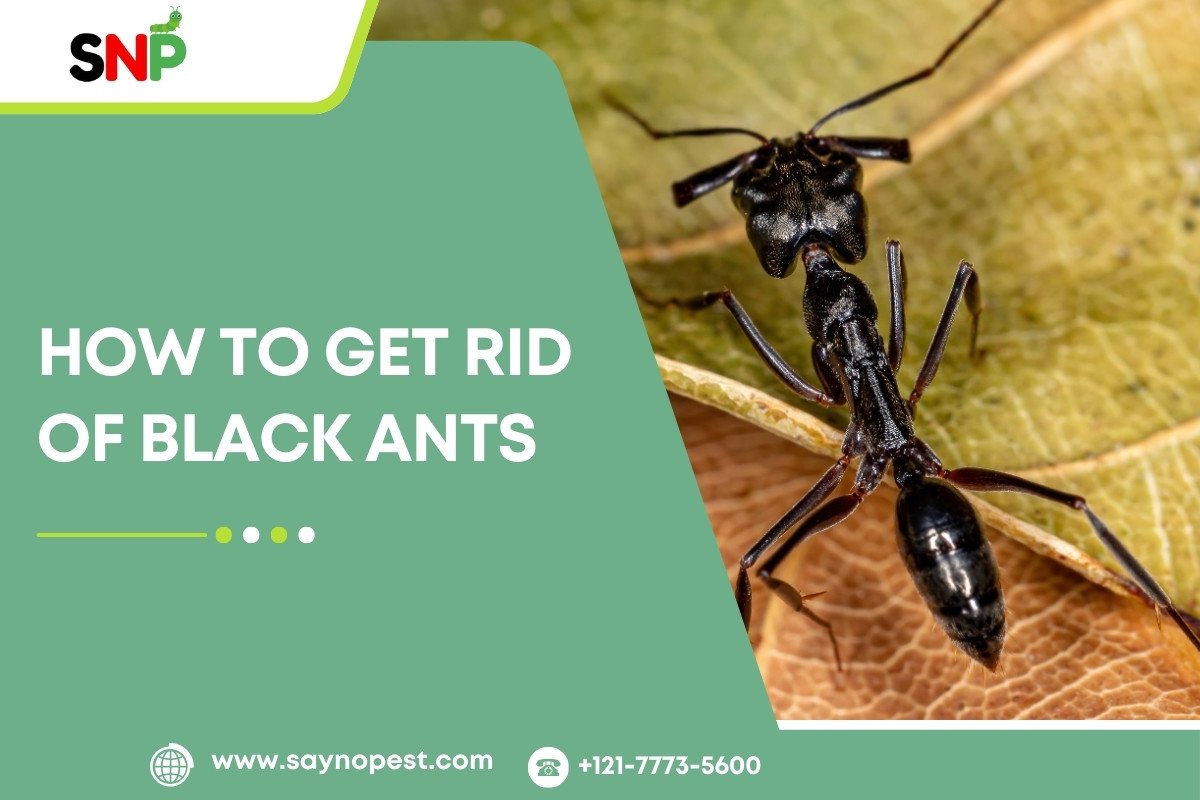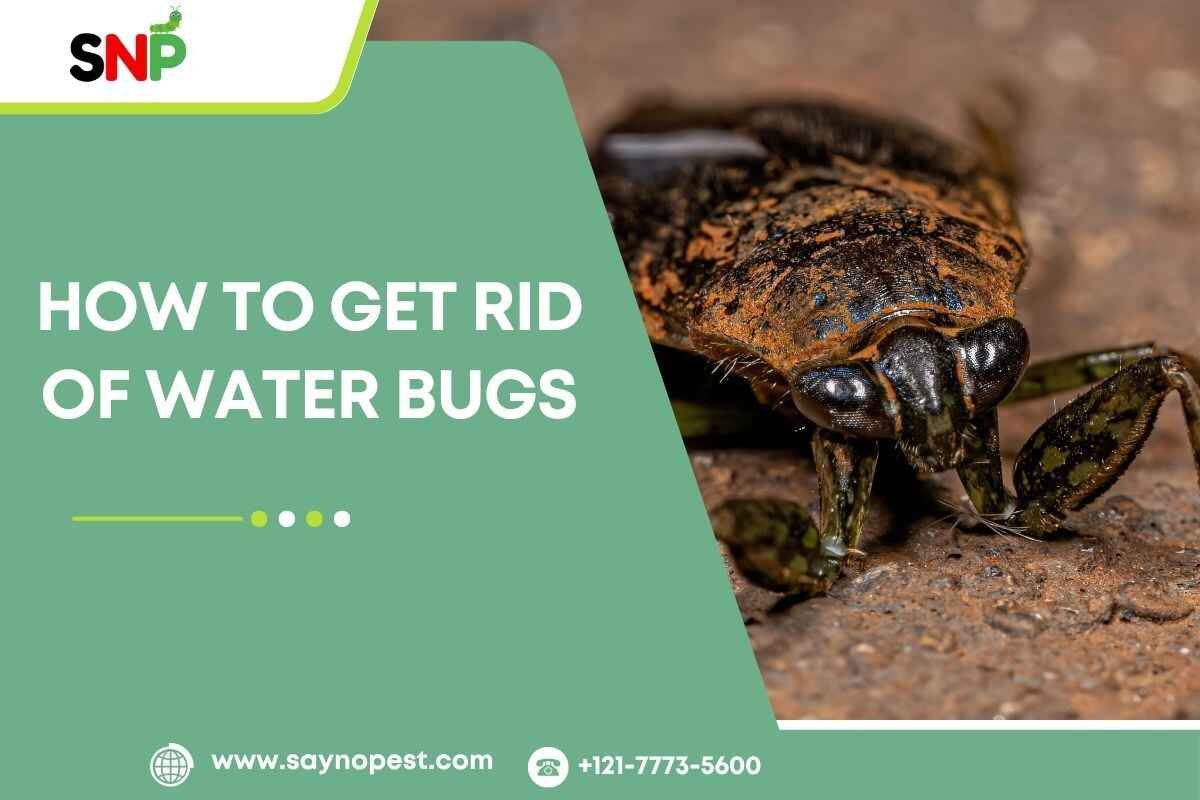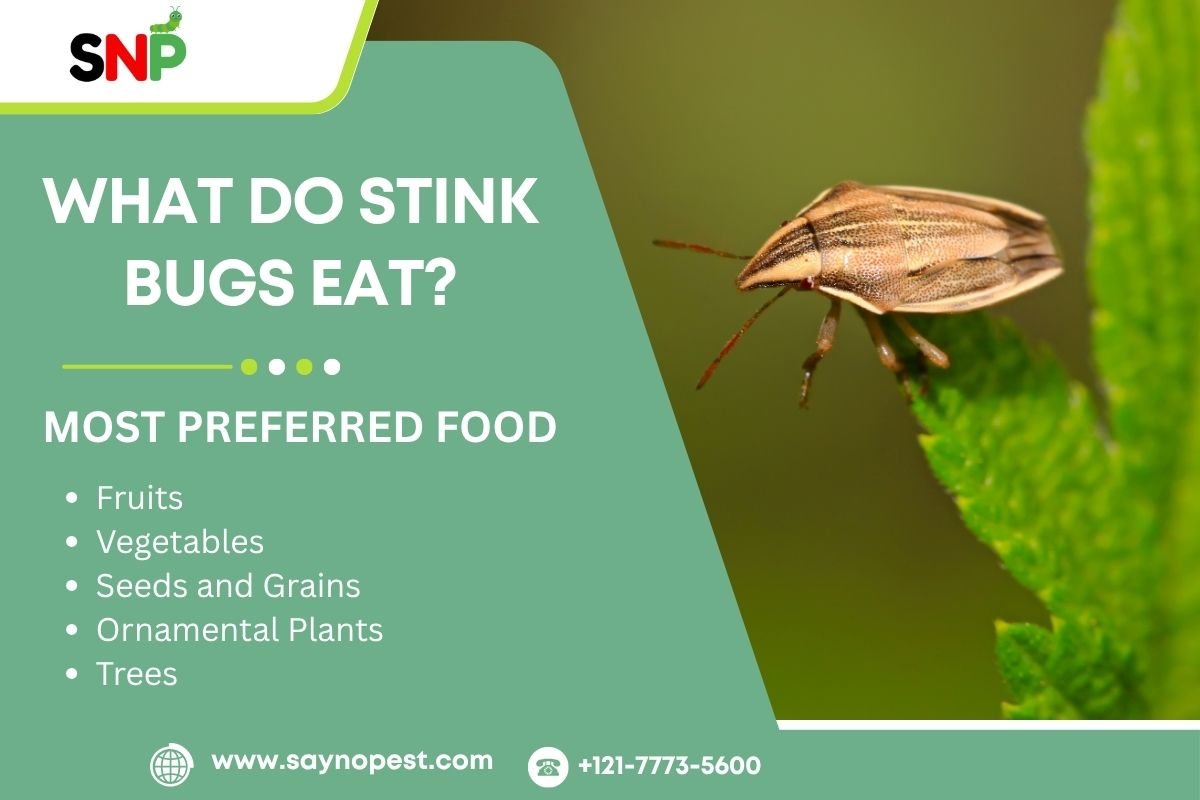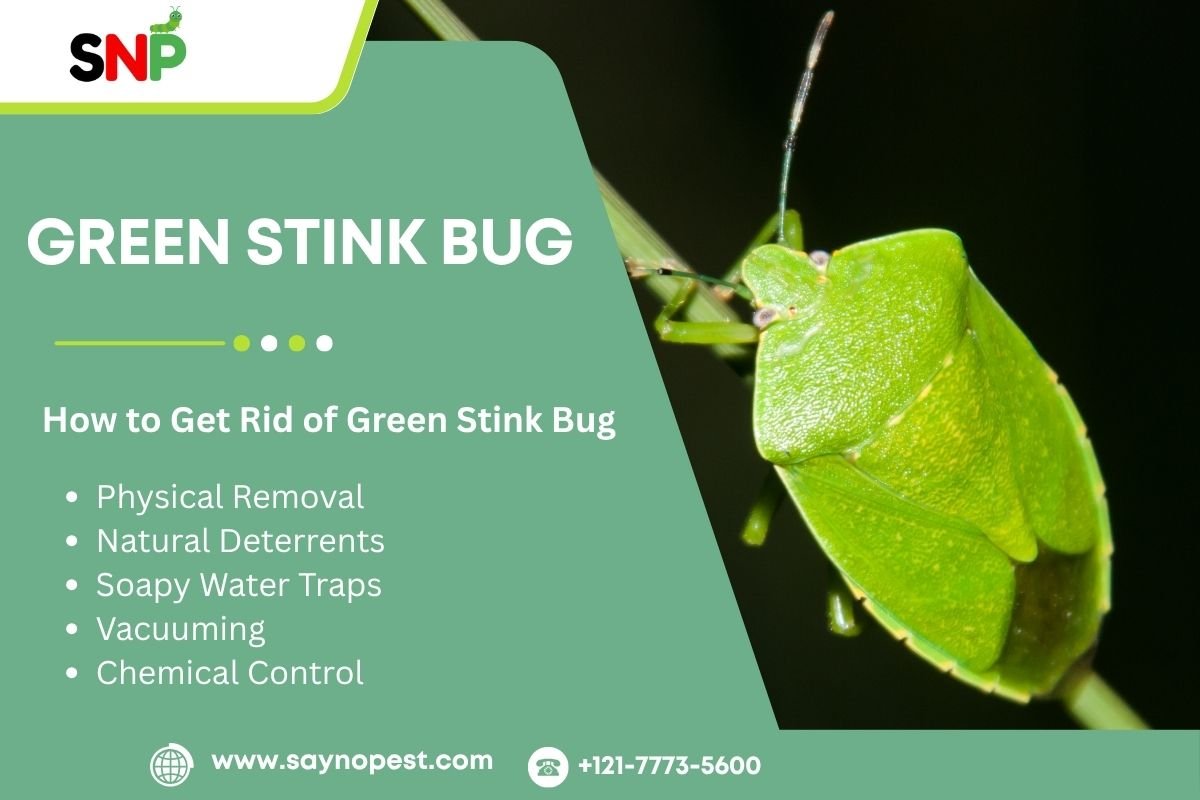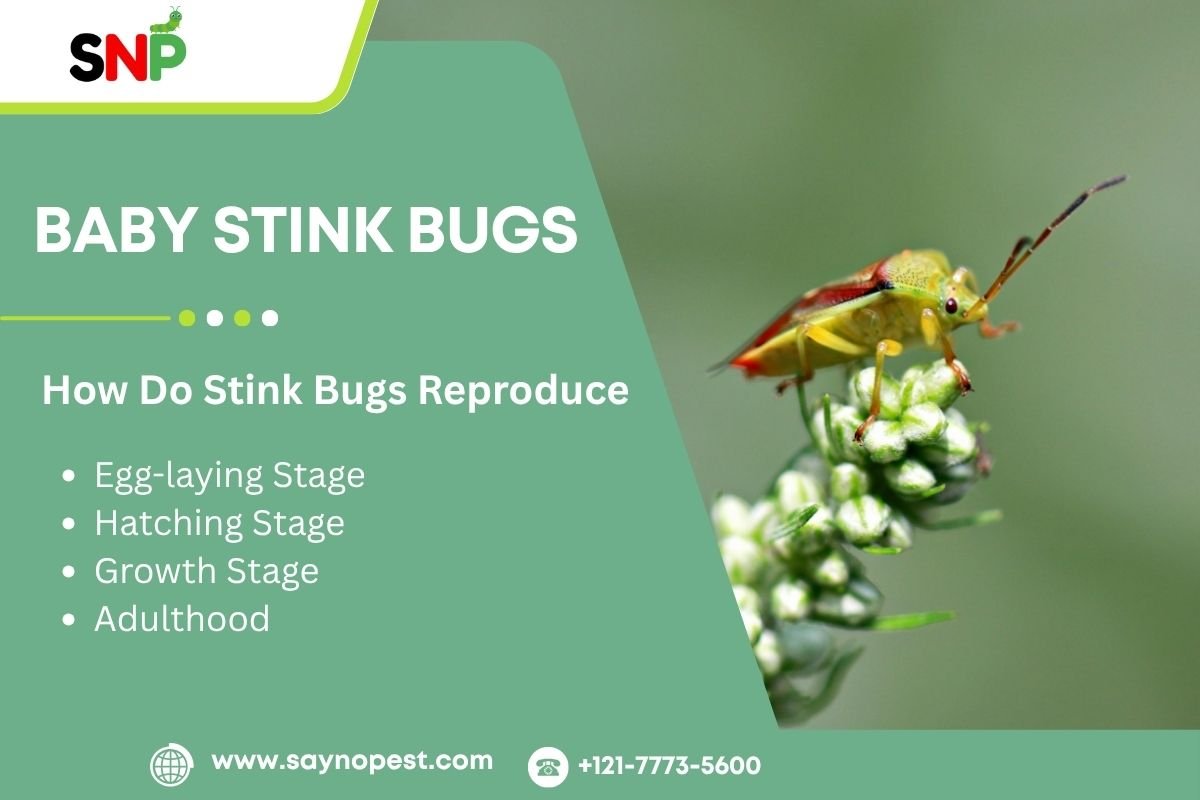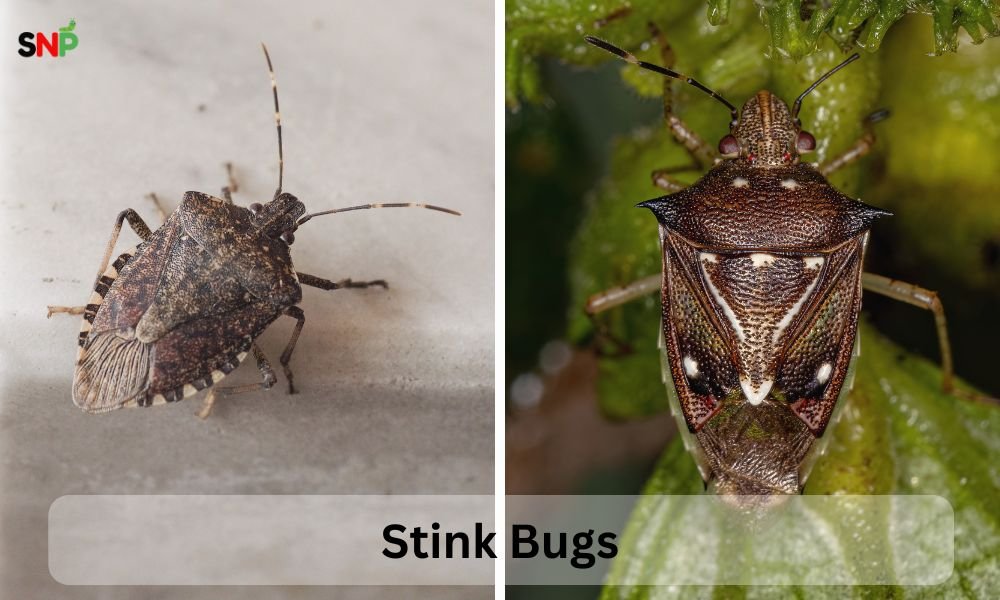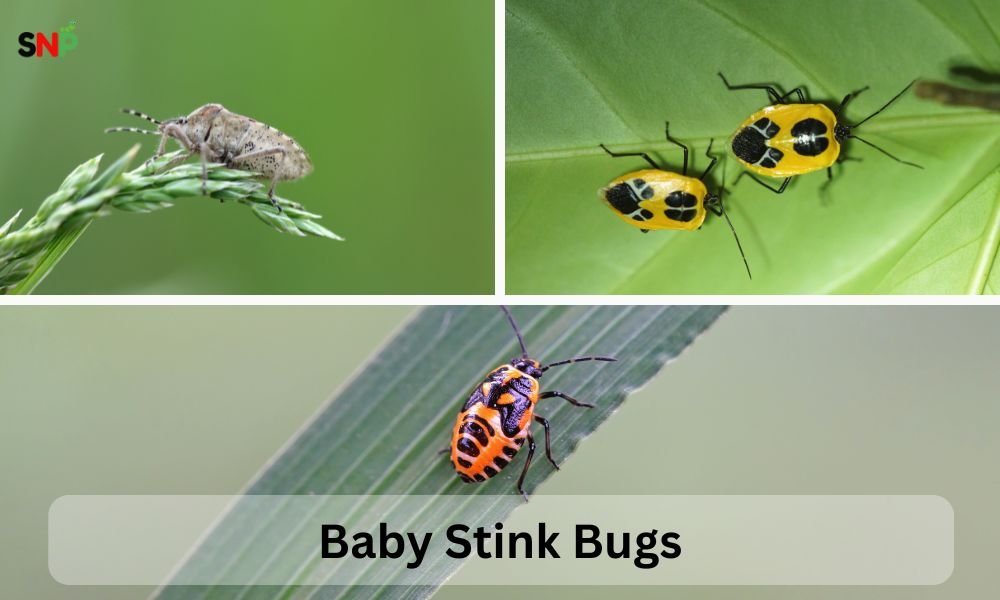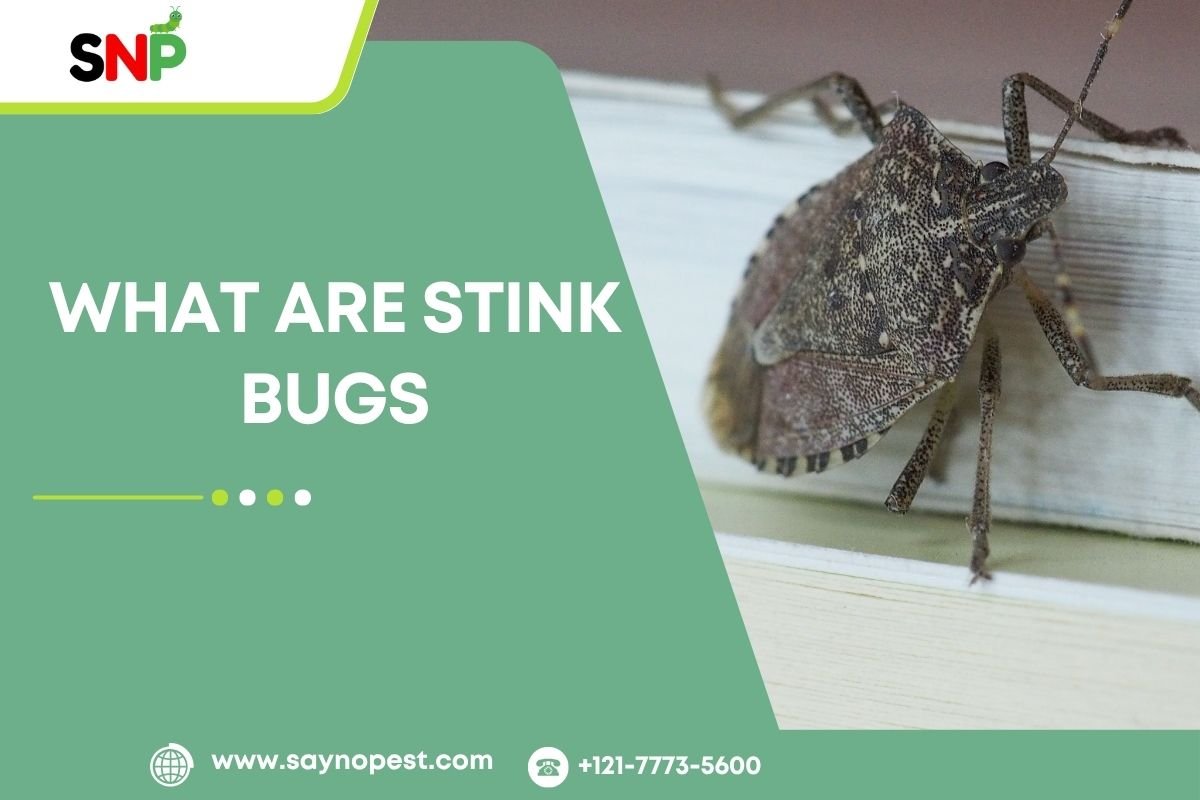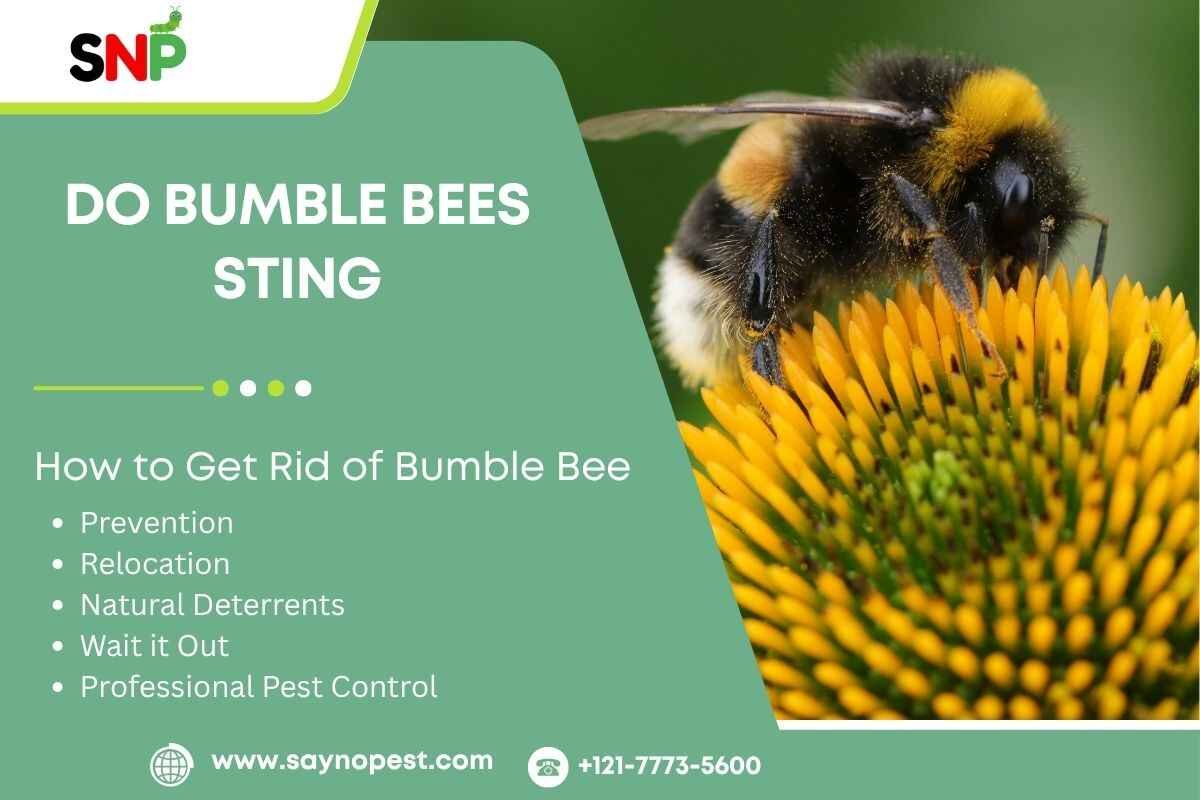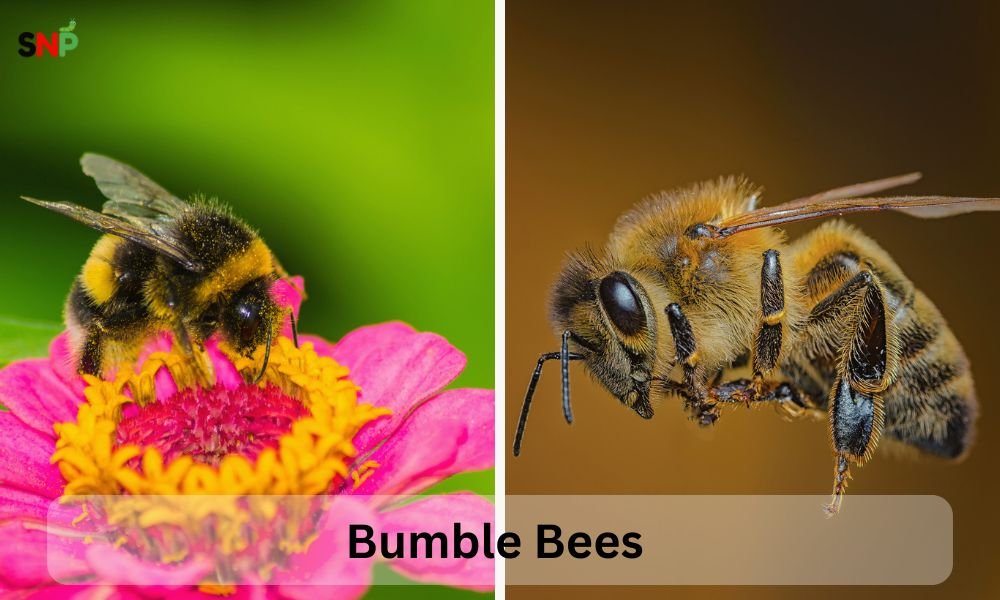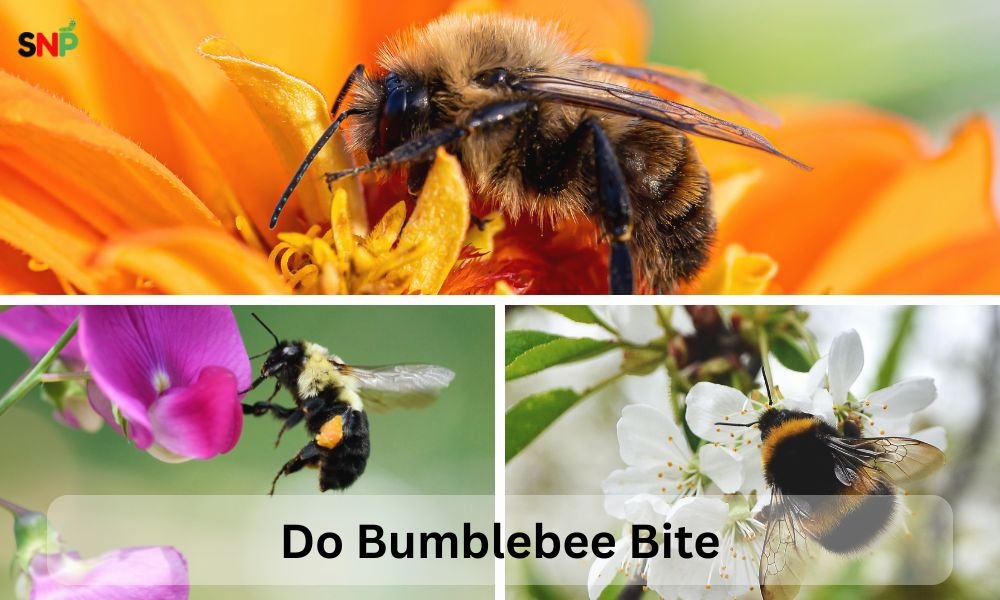Introduction
Carpenter ants are one of the most viral house pests in America. But wait a minute, do carpenter ants eat wood? The answer to the question is vital to people who are in the flock of those wanting to maintain lovely houses free from infestation of pests. However, let me give you a hint- they are builders not eaters!
Just imagine a scenario: you are enjoying at your home, sipping coffee when suddenly you notice a line of big black ants coming through your kitchen counter. And, further on, you find a suspicious heap of sawdust near the edge of the window. The panic starts-are the ants hollowing out your house from its core? If you have ever asked yourself the question, do carpenter ants eat wood, you would be surprised as it is exactly your case. It’s about the right time to know the facts and tell the difference between carpenter ants and termites before your sweet home becomes hollow.
Carpenter Ant Diet- Builders not Eaters!
Before we start off answering the big question, do carpenter ants eat wood, let us quickly explore the type of food that these ants normally go for.
- The carpenter ant only give a limited sigh of relief because the real situation is, they are not as dangerous as the termites. They just do not eat wood but are also the only source of nutrition for their lives i.e. carbohydrates and proteins.
- The ants usually eat the living and the dead insects that they catch while still outside their nest. This act is mainly for protein purposes.
- Alternatively, when those insects produce a sweet sticky substance called honeydew, the honeydew also becomes the ant food. This element is purely because some insects produce honeydew as a result of extracting juices from plants. These ants actually drink the honeydew, as it has a high sugar content, and also use it as a delicacy to get the living insects excited so they can take more honeydew from them.
- Once in a while, they manage to capture a variety of food from your kitchen like-
- Jelly
- Cold Meat or Pork
- Sugary Food
- Syrup
- Honey
- Their cravings for sweetness are evident reasons behind the recurring kitchen invasions, especially when they are most active, i.e. at night. They just pick what satisfies their hunger.
Do Carpenter Ants Eat Wood- NO!

The latest information shows that No, they do not. Termites are able to digest wood because they have the necessary enzymes in their bodies.Carpenter ants can bore holes with wood since they are provided with very strong jaw muscles. They will use not to consume it, but to dig tunnels and unnecessary galleries for their nests.
Besides digging, carpenter ants remove the wood shavings, referred to as frass, out of the nest a lot of times, which leads to those typical piles of sawdust around your house.
Carpenter Ants are often misrepresented as wood-eaters. But a wood-eater eats the wood away. In actuality, they are just making a way for the colony’s expansion. Yes, there is significant damage they can physically do, especially if the wood is damp or rotten but anyhow, they do not actually consume the wood they bore through. Hence, every time you’ve asked, do carpenter ants eat wood, keep in mind that you’ve also taught them that they are builders, not eaters.
How to Know if It’s a Termite or a Carpenter Ant Eating Your Wood?

The source of the problem which can either be termites or carpenter ants. The good thing is, it’s easy to distinguish the culprit even without professional help:
- Appearance: Carpenter ants are mostly black or red and black, with a marked narrow waist and slightly curved antennae. Termites are smaller, and their bodies are straight with straight antennae.
- Wings: Both flying termites and carpenter ant species are similar, with termite wings being of the same size, while carpenter ants frontal wings appear to be more prosomal in comparison with their hind wings.
- Frass: Is that pile of sawdust mixed with insect parts? If yes, it would be a good guess if I say it was from carpenter ants. It is important also to know that termite droppings look like small, hard, and not mixed with wood shavings.
- Moisture: Carpenter ants can usually be found in wet, decaying wood, near a leak, or in a water-damaged area, which is their preference. Termite species determine whether the wood should be dry or wet.
- Visibility: Carpenter ants are most commonly known as food gatherers, especially at night. But termites are not seen outside their tunnels when they are not swarming.
If you have doubts, you must refer to a pest control professional. A correct identification is the first step in the treatment and prevention of the infestation.
Conclusion:
Just know that they only cut the wood for building their nests and not to eat it. The best way to defend your home against ants is to keep it dry, close the entry points, and eliminate food sources. By being alert, your house will remain a clean, healthy, and ant-free area.
